Home>Interior Design>House Styles: A Guide To Architectural Styles And Eras
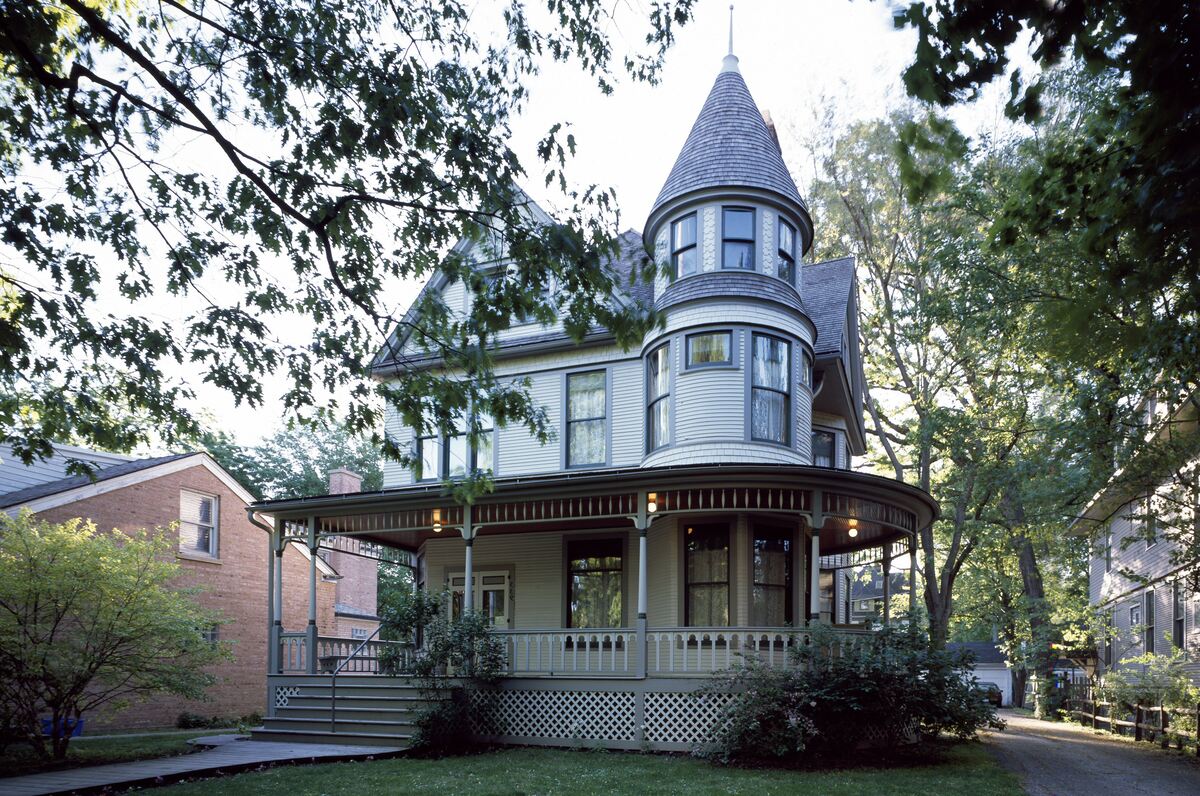

Interior Design
House Styles: A Guide To Architectural Styles And Eras
Modified: October 20, 2024
Discover the various architectural styles and eras of houses, along with expert insights into interior design. Explore house styles and find inspiration for your next home project.
(Many of the links in this article redirect to a specific reviewed product. Your purchase of these products through affiliate links helps to generate commission for Storables.com, at no extra cost. Learn more)
Introduction
Welcome to our comprehensive guide to architectural styles and eras! In this article, we will explore the various house styles that have influenced the world of interior design throughout history. From classic designs to modern trends, understanding the different architectural styles can help you create a harmonious and aesthetically pleasing home.
Architecture is an art form that reflects the prevalent cultures, values, and advancements of a particular time. Each architectural style has its own unique characteristics, influencing not only the exterior but also the interior design of homes.
By learning about different architectural styles, you can gain a deeper appreciation for the history and evolution of interior design. Whether you’re a homeowner looking to remodel, an interior designer seeking inspiration, or simply a design enthusiast, this guide will provide valuable insights into the diverse world of house styles.
Throughout this article, we’ll delve into some of the most prominent architectural styles, exploring their features, origins, and key design elements. From colonial to contemporary, each style has its own story to tell.
So, whether you’re drawn to the timeless elegance of Greek Revival or the sleek lines of Mid-Century Modern, join us on this journey through architectural history as we explore the captivating world of house styles.
Key Takeaways:
- Explore the captivating world of architectural styles and eras, from the timeless elegance of Greek Revival to the sleek lines of Mid-Century Modern, and gain valuable insights into the history and evolution of interior design.
- Embrace the rich tapestry of architectural styles that have shaped our world, finding inspiration in the timeless elegance of the past and the cutting-edge designs of the present to create spaces that reflect your unique vision and lifestyle.
Read more: Saltbox House Style – The Ultimate Guide
Colonial Architecture
Colonial architecture refers to the architectural style prevalent during the colonial period in the Americas, particularly during the 17th and 18th centuries. This style draws inspiration from European architectural traditions, primarily English, Dutch, and Spanish influences.
One of the most notable features of colonial architecture is its symmetrical design, characterized by a centered front door flanked by evenly spaced windows on either side. The use of brick or wood as construction materials is common, with steep roofs and simple gable or hip designs.
Colonial homes typically have a rectangular shape, with two or three stories, and are known for their practicality and functional layout. The interiors often feature spacious rooms, high ceilings, and large fireplaces. Traditional colonial architecture includes various sub-styles, such as Georgian, Federal, and Dutch Colonial.
The Georgian style is known for its symmetrical façade, elaborate detailings, and formal atmosphere. It often showcases decorative elements such as crown moldings, pilasters, and pediments. Federal style, on the other hand, is characterized by its refined elegance and neoclassical influences. It features delicate ornamentation, fanlights, and elliptical or semi-circular windows.
In contrast, Dutch Colonial architecture is recognized for its gambrel roof, which features a double slope on each side. This style often includes dormer windows and a central chimney. It reflects the Dutch influence in early American settlements, particularly in New York and New Jersey.
Colonial architecture has a timeless appeal and can be seen in many historic neighborhoods across the United States. Today, many homeowners embrace this style and infuse it with modern amenities, creating a blend of classic charm and contemporary comfort.
When it comes to interior design, colonial homes often feature traditional and elegant décor. Rich hardwood flooring, detailed molding, and antique furniture are common elements. The color palette tends to be muted and warm, with shades of earthy tones and deep reds.
Whether you choose to embrace the authenticity of a colonial home or incorporate elements into a more modern design, the colonial architectural style offers a sense of history and character that can make any house feel like a home.
Greek Revival Architecture
Greek Revival architecture emerged in the late 18th and early 19th centuries and was inspired by the classical architectural styles of ancient Greece. This architectural movement, popular in both Europe and the United States, aimed to capture the grandeur and elegance of ancient Greek temples and public buildings.
The hallmark of Greek Revival architecture is its emphasis on symmetry, proportion, and classical details. Homes in this style feature prominent front porticos supported by large, imposing columns, typically of the Ionic or Doric order. The pediment, a triangular gable often embellished with decorative moldings or sculptures, crowns the entrance.
Exterior walls are usually made of stone or stucco and are painted in white or pale pastel colors to mimic the appearance of ancient Greek marble. The roofs are typically gable or hipped, and the overall design exudes a sense of grandeur and timelessness.
Inside a Greek Revival home, you’ll often find high ceilings, large windows, and spacious rooms. The interior design complements the architectural style, with classical elements such as ornate cornices, pilasters, and medallions adorning the walls and ceilings. The use of marble, especially in entryways and fireplaces, adds to the sense of elegance.
Greek Revival architecture became particularly popular in the United States during the early 19th century. It was seen as a symbol of democracy and the democratic ideals of ancient Greece that the newly-formed American nation sought to emulate. Many prominent government buildings, such as the U.S. Capitol in Washington, D.C., and grand residences like the White House, were built in this style.
Despite being rooted in ancient traditions, Greek Revival architecture continues to inspire modern design and is chosen for its timeless beauty. Whether it’s a grand mansion or a smaller, more modest home, the Greek Revival style adds a touch of sophistication and classical elegance to any architectural landscape.
Gothic Revival Architecture
Gothic Revival architecture, also known as Victorian Gothic or neo-Gothic, emerged in the 18th and 19th centuries as a reaction against the classical styles that dominated the previous centuries. Inspired by the medieval Gothic architecture of Europe, this style sought to revive the romantic and mysterious qualities of the Gothic era.
One of the defining features of Gothic Revival architecture is the use of pointed arches, often seen in windows, doorways, and tracery. The arches give buildings an air of verticality and create a sense of upward movement. Other notable features include ornate stone carvings, intricate detailing, and steeply pitched roofs adorned with dormer windows.
Gothic Revival homes often have asymmetrical designs, with elements such as turrets, spires, and gables adding to their dramatic appearance. The façades may be made of brick, stone, or a combination of both, and the colors tend to be dark and earthy, reflecting the medieval influence.
Inside a Gothic Revival home, you’ll find an eclectic blend of medieval-inspired furnishings and ornamental details. Exposed wooden beams, stained glass windows, and elaborate trims are common features that evoke the ambiance of a medieval castle or cathedral. The interior design typically incorporates rich fabrics, heavy textures, and dark colors to create a sense of austerity and grandeur.
Gothic Revival architecture gained popularity during the Victorian era, with notable examples found in churches, university buildings, and grand residences. This style appealed to the romantic sensibilities of the time, with its association to the chivalry and mystery of the Gothic period.
While the Gothic Revival style declined in popularity in the early 20th century, it continues to influence contemporary architecture. Modern interpretations of this style often incorporate the grandeur and drama of Gothic elements while integrating them with more modern design principles.
Whether admired for its historical significance or embraced for its evocative and romantic aesthetic, Gothic Revival architecture remains a captivating and enduring style that adds a touch of mystique and architectural splendor to any home.
Italianate Architecture
Italianate architecture, popularized in the 19th century, is a style that draws inspiration from the architectural traditions of Italy. It became particularly prominent in the United States during the mid-1800s as an expression of the growing interest in European design concepts. The Italianate style is characterized by its emphasis on symmetry, decorative details, and visual harmony.
One of the key features of Italianate architecture is the use of wide, overhanging eaves supported by decorative brackets or brackets with dentil molding. The roofs are typically low-pitched and hipped, sometimes with a cupola or belvedere. The facades often showcase intricate designs and ornamental elements such as cornices, balustrades, and quoins.
The windows in Italianate homes are another distinctive feature, often with elaborate surrounds and decorative hoods. These windows are typically tall and narrow, with arched or rectangular shapes. The use of double doors with large glass panes is also common, allowing ample natural light into the interior.
Exterior walls are typically made of brick or stone, with a stucco finish giving the appearance of a Mediterranean villa. The color palette varies, with earth tones such as ochre, terracotta, and creamy neutrals being popular choices.
Inside an Italianate home, you’ll find spacious rooms, high ceilings, and an emphasis on elegance and refinement. The interior design often includes ornate moldings, decorative plasterwork, and richly patterned wallpaper. Marble fireplaces and intricate chandeliers add to the grandeur of the space.
Italianate architecture gained popularity during a time when travel and exploration were limited, and the style allowed people to bring a touch of European sophistication and charm into their homes. It provided a sense of escapism and a connection to the historic beauty of Italy.
In the present day, Italianate architecture continues to be admired for its timeless appeal and its ability to blend classic elegance with a warm, Mediterranean vibe. Whether it’s a grand estate or a charming villa, Italianate homes capture the essence of Italian design and transport us to a place of beauty and romance.
Read more: How To Design A Ranch-Style House
Victorian Architecture
Victorian architecture, prevalent during the reign of Queen Victoria from 1837 to 1901, is a style that encompasses a wide range of architectural designs. It reflects the eclectic tastes and changing societal values of the Victorian era, blending various elements from different historic periods and cultural influences.
Victorian homes are known for their elaborate and ornate designs, characterized by intricate detailing, asymmetrical facades, and vibrant colors. The architecture is often a combination of several styles, including Gothic Revival, Italianate, Queen Anne, and Second Empire.
One of the defining features of Victorian architecture is the use of decorative elements. These can include intricate woodwork, carved moldings, stained glass windows, and ornate wrought-iron balconies. Turrets, towers, and wrap-around verandas are also common, adding to the charm and grandeur of Victorian houses.
The interior design of Victorian homes is equally elaborate, often featuring multiple levels, high ceilings, and grand staircases. Rooms are adorned with richly patterned wallpapers, luxurious fabrics, and intricate plasterwork. Each room may have its own distinct theme, with Victorian parlors, dining rooms, and bedrooms each showcasing their own unique style.
Victorian architecture reflected the prosperity and energy of the Industrial Revolution, as well as the desire for comfort and luxury. The opulent details and extravagant designs were a way for homeowners to express their wealth and social status.
Today, Victorian architecture is often recognized as a symbol of elegance and nostalgia. Many historic neighborhoods boast well-preserved Victorian homes, and there is a growing appreciation for restoring and preserving these architectural treasures.
Contemporary interpretations of Victorian architecture also exist, with modern adaptations incorporating some of the design elements while presenting a more streamlined and updated appearance.
Whether you appreciate the ornate detailing and historical significance of a restored Victorian home or prefer a modern take on the style, Victorian architecture continues to captivate and inspire homeowners, designers, and architecture enthusiasts alike.
When identifying architectural styles, look for key features such as roof shapes, window styles, and decorative elements. Understanding these details can help you distinguish between different eras and styles of houses.
Craftsman Architecture
Craftsman architecture, also known as the American Craftsman or Arts and Crafts style, emerged in the late 19th and early 20th centuries as a reaction against the mass-produced, ornate designs of the Victorian era. Rooted in the Arts and Crafts movement, this architectural style emphasizes simplicity, functionality, and the use of natural materials.
Focus on craftsmanship and attention to detail are key characteristics of Craftsman architecture. These homes showcase the skill and expertise of artisans with their handcrafted elements, including exposed wooden beams, built-in cabinetry, and intricate woodwork.
The exterior of Craftsman homes often features a low-pitched roof with wide eaves supported by exposed rafter tails. The use of natural materials such as wood, stone, and brick gives these homes a warm and organic feel. Front porches with tapered columns or stone piers are common, inviting residents and guests to relax and enjoy the outdoors.
Inside a Craftsman home, you’ll find an open layout that promotes a sense of flow and connectivity. The interior design emphasizes simplicity and functionality, with built-in features such as bookcases, benches, and window seats. The use of hardwood floors, earthy color palettes, and natural light further enhances the warmth and comfort of these spaces.
The Craftsman style gained popularity as a response to the growth of industrialization and mass production. It celebrated the value of skilled craftsmanship and sought to bring artistry and quality back into everyday life. The movement also emphasized a connection to nature, with designs that harmonized with the natural surroundings.
Today, Craftsman architecture remains beloved for its timeless appeal and focus on authenticity. Many homeowners, attracted to the simplicity and quality of the design, appreciate the craftsmanship and attention to detail that Craftsman homes offer.
Contemporary interpretations of the Craftsman style exist, blending modern elements with the traditional aesthetic. These homes embody the spirit of craftsmanship while incorporating the conveniences and technologies of the 21st century.
Whether you’re drawn to the historical significance or the emphasis on handmade beauty, Craftsman architecture continues to inspire homeowners and designers, offering a sense of comfort, craftsmanship, and enduring appeal.
Art Deco Architecture
Art Deco architecture, popular in the 1920s and 1930s, is a striking and influential style known for its bold geometric shapes, sleek lines, and lavish ornamentation. It emerged as a celebration of modernity, embracing technological advancements and the glamour of the Jazz Age.
One of the defining features of Art Deco architecture is its emphasis on verticality and symmetry. Buildings in this style often feature stepped or tiered shapes, sleek curves, and decorative motifs inspired by the machine age and the art movements of the time.
The exteriors of Art Deco buildings are characterized by smooth and polished surfaces, typically made of materials such as concrete, glass, and metal. Facades are adorned with geometric patterns, sunbursts, chevron motifs, and stylized flora and fauna. Tower-like structures, setbacks, and decorative spires are also common elements, creating a sense of verticality and aspiration.
Inside an Art Deco building, you’ll often find luxurious and opulent spaces that reflect the glamour of the era. The interior design is characterized by geometric patterns, luxurious materials, and a combination of bold colors and contrasting tones. Streamlined furniture, mirrored surfaces, and chrome accents further enhance the Art Deco aesthetic.
Art Deco architecture was heavily influenced by various artistic movements, including Cubism, Fauvism, and the Machine Age. It became popularized at a time when society was embracing modernity, innovation, and a desire for a break from the past. The style flourished in major cities around the world, leaving behind iconic landmarks and buildings that still captivate us today.
While Art Deco architecture enjoyed its peak during the 1920s and 1930s, its influence can still be seen in contemporary design. Elements of Art Deco are often incorporated into modern buildings and interior spaces, adding a touch of glamour and sophistication.
Whether you appreciate the sleek lines and bold geometry, or are captivated by the nostalgic allure of the Jazz Age, Art Deco architecture continues to inspire and fascinate, representing the spirit of an era known for its creativity and daring design.
Mid-Century Modern Architecture
Mid-Century Modern architecture emerged in the mid-20th century, primarily in the years following World War II, and is characterized by its clean lines, simplicity, and integration with nature. This architectural style, also known as MCM, has its roots in the modernist movement and represents the optimism and innovation of the post-war era.
Mid-Century Modern homes are designed with functionality and a connection to the outdoors in mind. The architecture often features open floor plans, large windows, and an emphasis on creating a seamless transition between indoor and outdoor spaces. Homes in this style typically have a single-level or low-profile design, with flat or low-pitched roofs.
One of the key elements of Mid-Century Modern architecture is the use of natural materials such as wood, stone, and glass. These materials not only create a sense of warmth and organic beauty but also allow for the integration of the natural surroundings into the design. Exposed beams, expansive glass walls, and the incorporation of outdoor elements like courtyard gardens or large patios are common features.
Inside a Mid-Century Modern home, you’ll find a minimalist and uncluttered aesthetic. The interior design often includes open living spaces, minimal ornamentation, and a focus on functionality. Furniture pieces are typically characterized by clean lines, organic shapes, and the use of materials such as molded plywood, plastic, or leather. The color palette tends to be muted, with blasts of bold colors as statement accents.
Mid-Century Modern architecture gained popularity due to its forward-thinking and progressive design principles. It aimed to create homes that embraced the future while promoting a harmonious relationship with nature. The style continues to resonate with homeowners and designers who appreciate its timeless appeal, simplicity, and emphasis on blending indoor and outdoor living.
Today, Mid-Century Modern architecture remains influential, with many contemporary homes embracing its principles and retro designs experiencing a resurgence in popularity. The style has left behind a significant architectural legacy, with iconic buildings and neighborhoods that continue to inspire and captivate.
Whether you’re a fan of its clean lines and minimalist approach, or you’re drawn to the harmonious connection between indoor and outdoor spaces, Mid-Century Modern architecture represents a period of design innovation and continues to shape the way we live and experience our homes today.
Postmodern Architecture
Postmodern architecture emerged in the late 20th century as a reaction against the modernist movement that dominated the architectural scene for many years. This architectural style rebels against the strict principles of modernism and embraces eclecticism, irony, and a playful approach to design.
One of the key characteristics of postmodern architecture is its rejection of the notion of a single, correct architectural solution. Instead, it celebrates diversity and incorporates elements from different architectural styles, often reinterpreting historical motifs in a contemporary context. Postmodern buildings embrace ornamentation, bright colors, and whimsical shapes that challenge the austere simplicity of modernist designs.
With postmodern architecture, there is an emphasis on using architecture as a means of communication and expression. Buildings often contain symbolic references, cultural influences, and historical allusions. This style encourages experimentation and creativity, resulting in unique and visually captivating structures.
Postmodern architecture often features bold facades adorned with decorative details, including arches, columns, and textured surfaces. The use of asymmetry and irregular shapes is common, giving a sense of playfulness and breaking away from conventional design norms.
Inside postmodern buildings, you’ll find a mix of styles, materials, and textures. Spaces may be designed to evoke different moods or themes, with an eclectic blend of furniture and decorative elements. Postmodern interiors can range from the avant-garde and eclectic to the sophisticated and humorous.
Postmodern architecture emerged during a time when society questioned the rigid principles and utopian ideals of modernism. It sought to inject personality, contextual relevance, and a sense of joy into architectural design. This style embraced cultural diversity and celebrated individual expression, making it a defining movement of the late 20th century.
Today, postmodern architecture continues to influence contemporary design, with architects incorporating postmodern elements into their creations. The style’s emphasis on creativity, versatility, and symbolism resonates with those who seek unique and expressive architectural solutions.
Whether you appreciate the whimsical forms, the blending of styles, or the challenge to conventional norms, postmodern architecture represents a departure from traditional design principles, offering a platform for innovation and self-expression in the world of architecture.
Contemporary Architecture
Contemporary architecture, also known as modern architecture, encompasses the architectural styles and designs that are prevalent in the present day. Unlike architectural movements tied to specific time periods, contemporary architecture represents the ever-evolving nature of design, reflecting the current trends, technologies, and societal needs.
Contemporary architecture embraces a range of styles and approaches, making it difficult to define with a single set of characteristics. However, some common themes can be observed. One of the defining features is the use of innovative materials and technologies, allowing architects to create buildings with sleek lines, large expanses of glass, and unique structural designs.
Contemporary buildings often prioritize sustainability and eco-friendliness, incorporating energy-efficient systems, renewable materials, and green construction practices. They focus on creating spaces that are not only visually appealing but also environmentally responsible.
Flexibility and adaptability are other key aspects of contemporary architecture. Spaces are designed to be versatile, accommodating changing needs and functions. Open floor plans, modular construction, and multipurpose spaces are common elements that allow for easy customization and adaptation to evolving lifestyles and uses.
While contemporary architecture takes inspiration from the past, it also encourages experimentation and pushing the boundaries of traditional design. Buildings may feature unconventional shapes, striking forms, and creative use of space. The emphasis is on creating unique and thought-provoking designs that challenge the norms.
Inside contemporary buildings, you’ll find minimalist and clean designs, with a focus on functionality and simplicity in furnishings and decor. Neutral color palettes, natural light, and open layouts create a sense of spaciousness and harmony.
Contemporary architecture embraces diversity and individual expression, catering to a wide range of tastes and styles. It reflects the dynamic nature of our society and the ever-evolving visions of architects and designers.
As technology advances and societal needs change, contemporary architecture continues to evolve. It represents the cutting-edge of design and encompasses a wide range of creative approaches and visions for the future.
Whether you appreciate the sleek lines and modern materials, the focus on sustainability and innovation, or the celebration of individuality, contemporary architecture offers a canvas for architects and designers to shape the present and future of our built environment.
Conclusion
Architecture has always played a significant role in shaping the way we live, work, and experience our surroundings. From the classic elegance of colonial architecture to the sleek lines of contemporary design, each architectural style tells a unique story and leaves an indelible mark on our built environment.
Throughout this comprehensive guide, we have explored some of the most influential architectural styles and eras, uncovering their distinct features, historical significance, and impact on interior design.
Colonial architecture, with its symmetrical designs and practical layouts, reminds us of the early settlements and the enduring influence of European styles. Greek Revival architecture presents a sense of grandeur and elegance, transporting us to ancient Greece and its architectural splendor.
Gothic Revival architecture evokes a sense of mystery and drama, with its pointed arches and intricate details reminiscent of medieval cathedrals. Italianate architecture brings a touch of Mediterranean beauty and warmth, capturing the essence of Italian design.
Victorian architecture celebrates opulence and intricacy, showcasing the grandeur of the Victorian era. Craftsman architecture embraces simplicity and natural materials, emphasizing craftsmanship and a connection to nature.
Art Deco architecture exudes glamour and sophistication, inspired by the modernism of the Jazz Age. Mid-Century Modern architecture exemplifies clean lines, functionality, and the integration of indoor and outdoor spaces.
Postmodern architecture rebels against conventional norms, celebrating eclecticism, symbolism, and individual expression. And contemporary architecture reflects the ever-evolving nature of design, embracing innovation, sustainability, and adaptability.
Each of these architectural styles offers unique aesthetics and design principles that cater to diverse tastes and preferences. They provide us with inspiration and a sense of identity in our homes and surroundings.
As we continue to evolve and embrace new technologies and philosophies, architecture will undoubtedly continue to transform. Future generations will leave their mark on the world, creating new styles and pushing the boundaries of design.
Whether you find inspiration in the timeless elegance of the past or embrace the cutting-edge designs of the present, the world of architectural styles and eras offers a wealth of knowledge and inspiration for homeowners, designers, and architecture enthusiasts alike.
So, as you embark on your own design journey, take the time to explore and appreciate the rich tapestry of architectural styles that have shaped our world. Embrace the beauty, functionality, and creativity that architecture has to offer, and let it inspire you to create spaces that reflect your own unique vision and lifestyle.
Frequently Asked Questions about House Styles: A Guide To Architectural Styles And Eras
Was this page helpful?
At Storables.com, we guarantee accurate and reliable information. Our content, validated by Expert Board Contributors, is crafted following stringent Editorial Policies. We're committed to providing you with well-researched, expert-backed insights for all your informational needs.
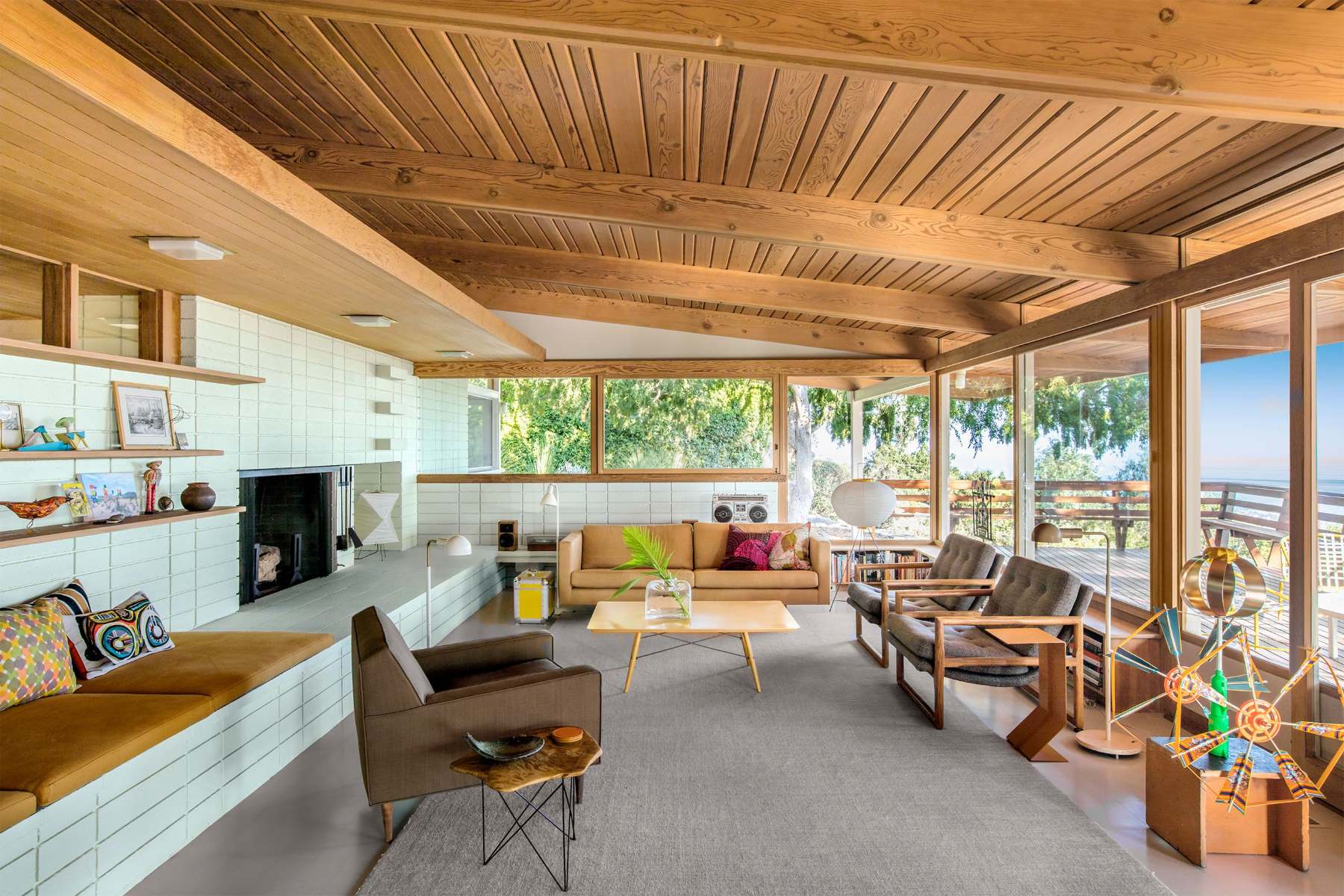
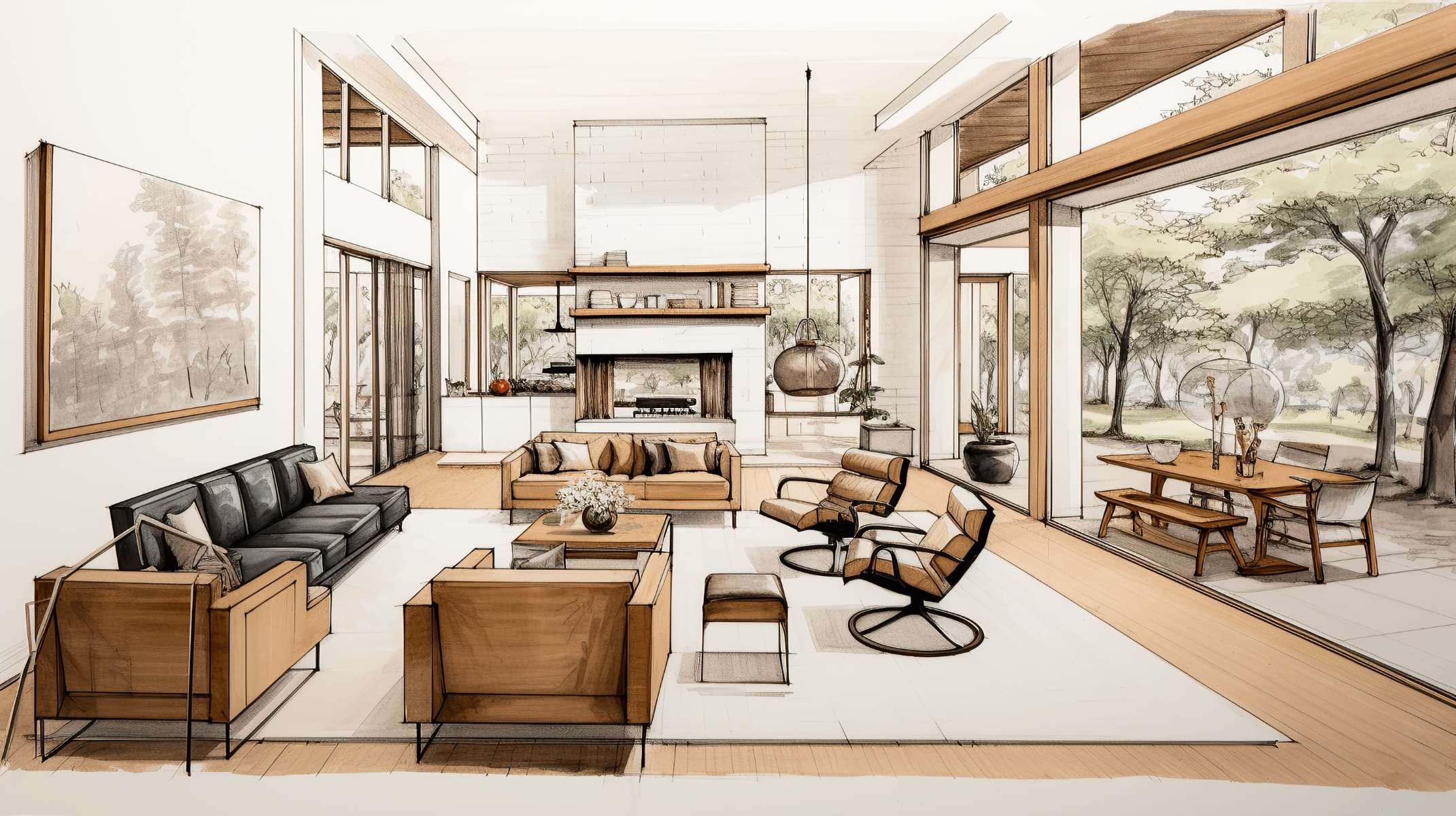
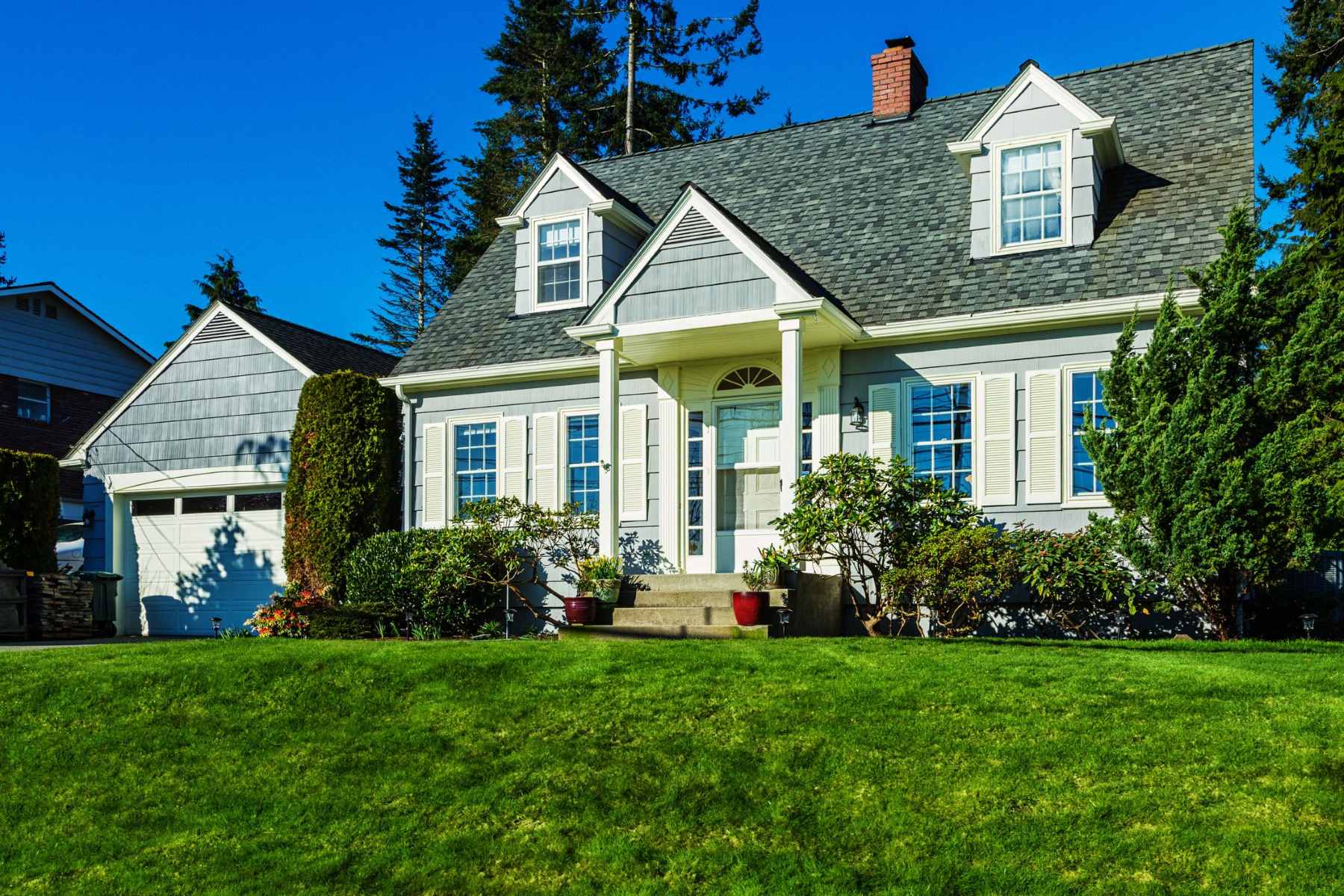
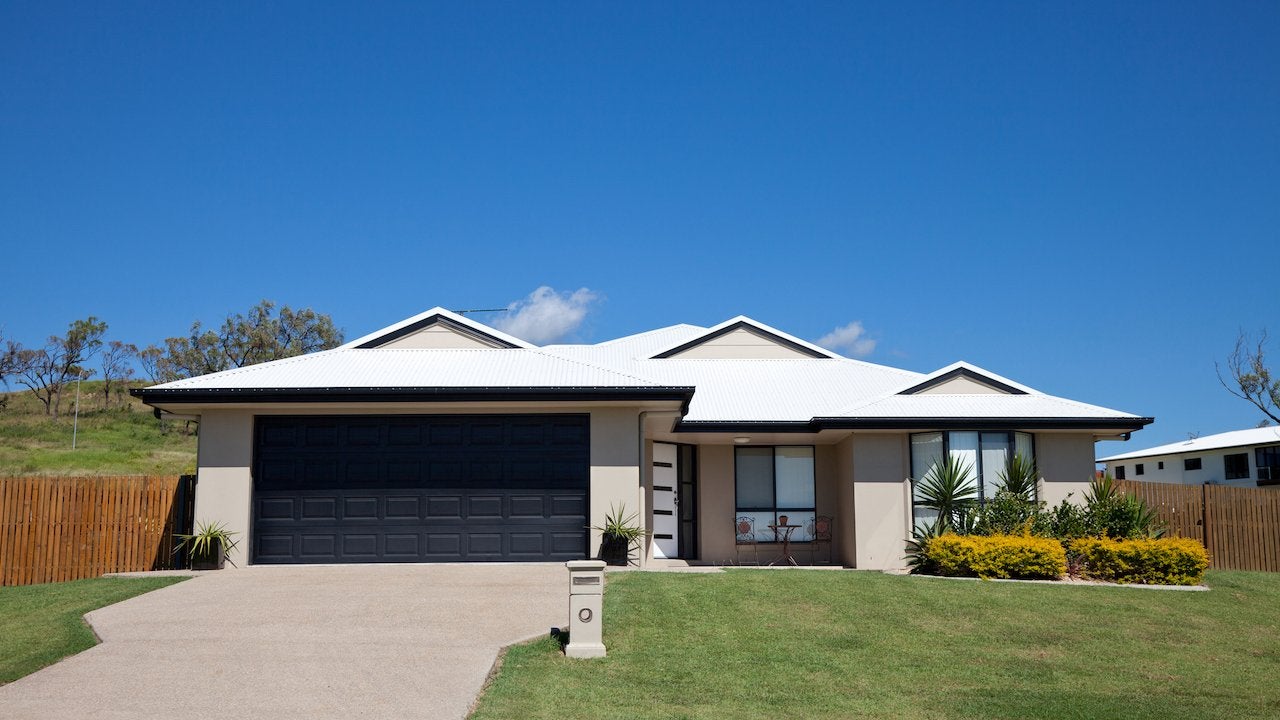
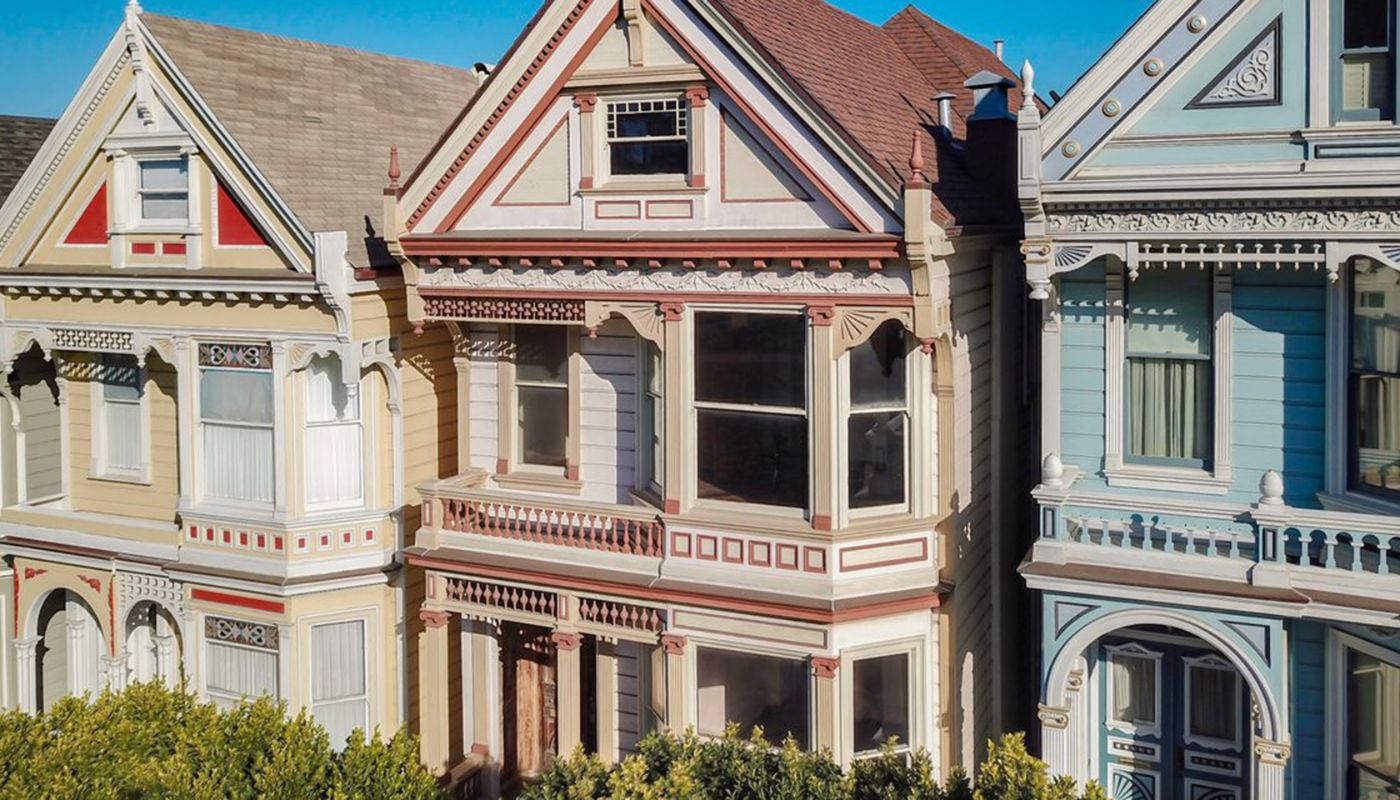
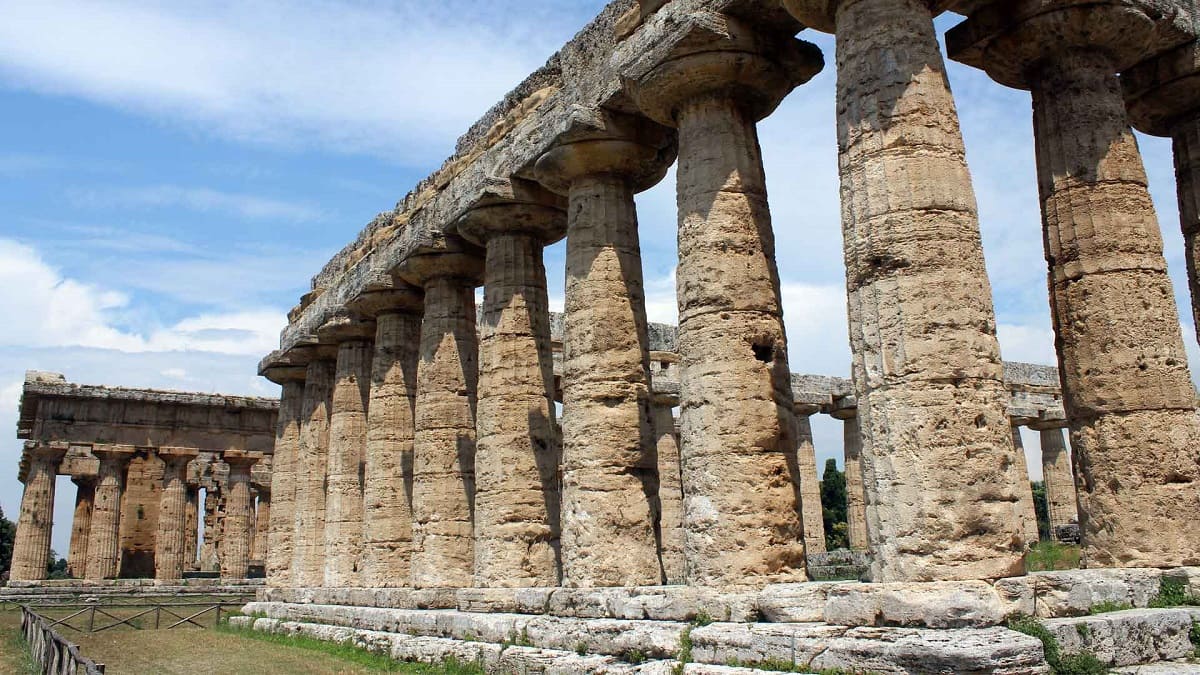
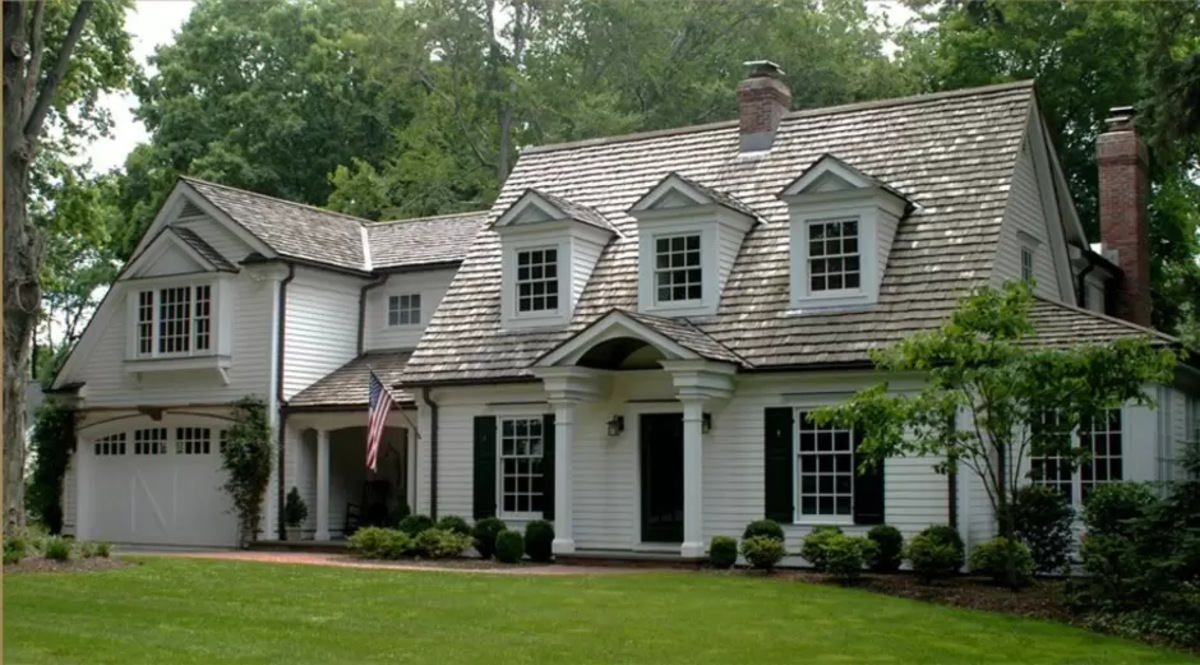
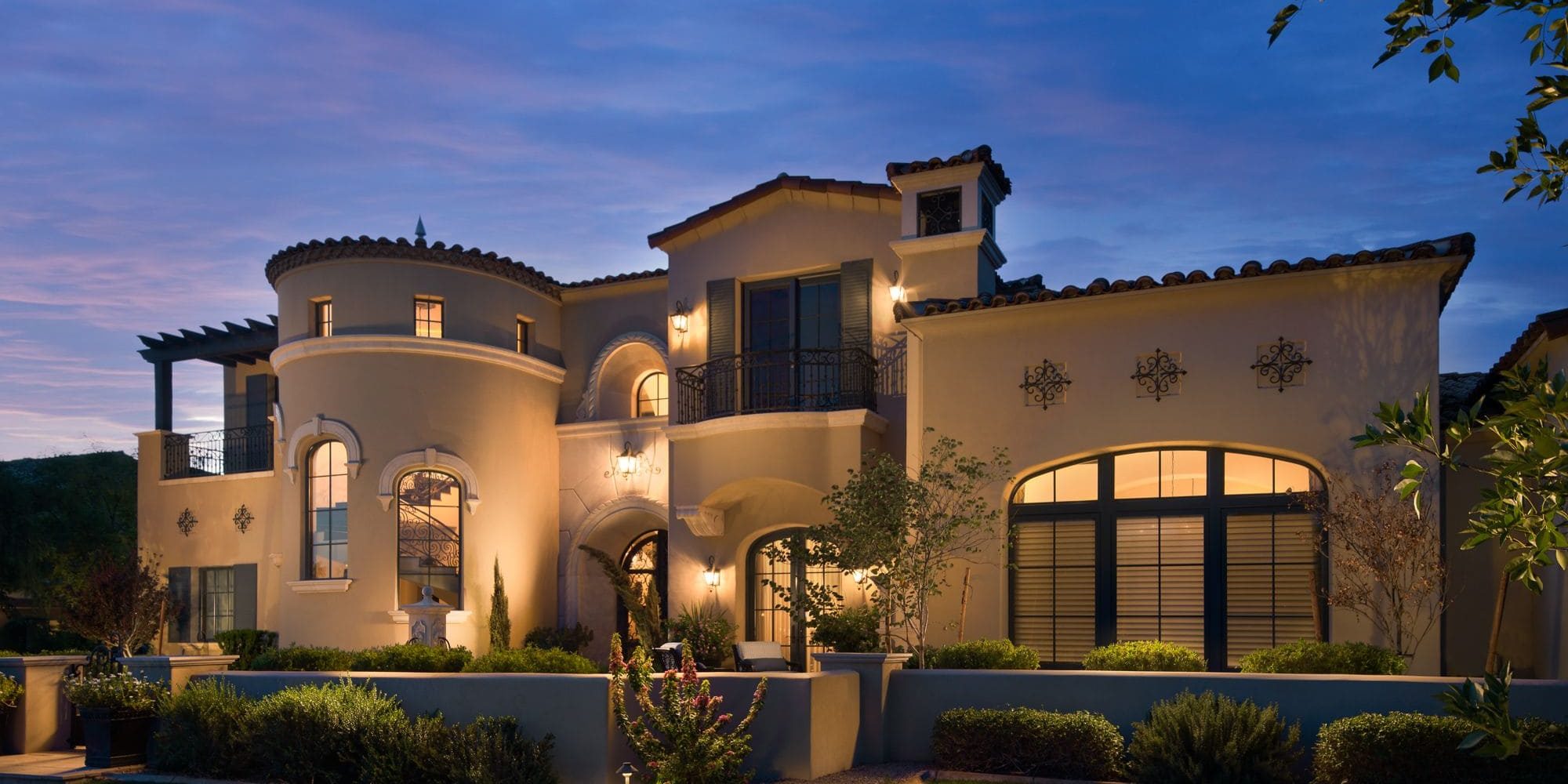

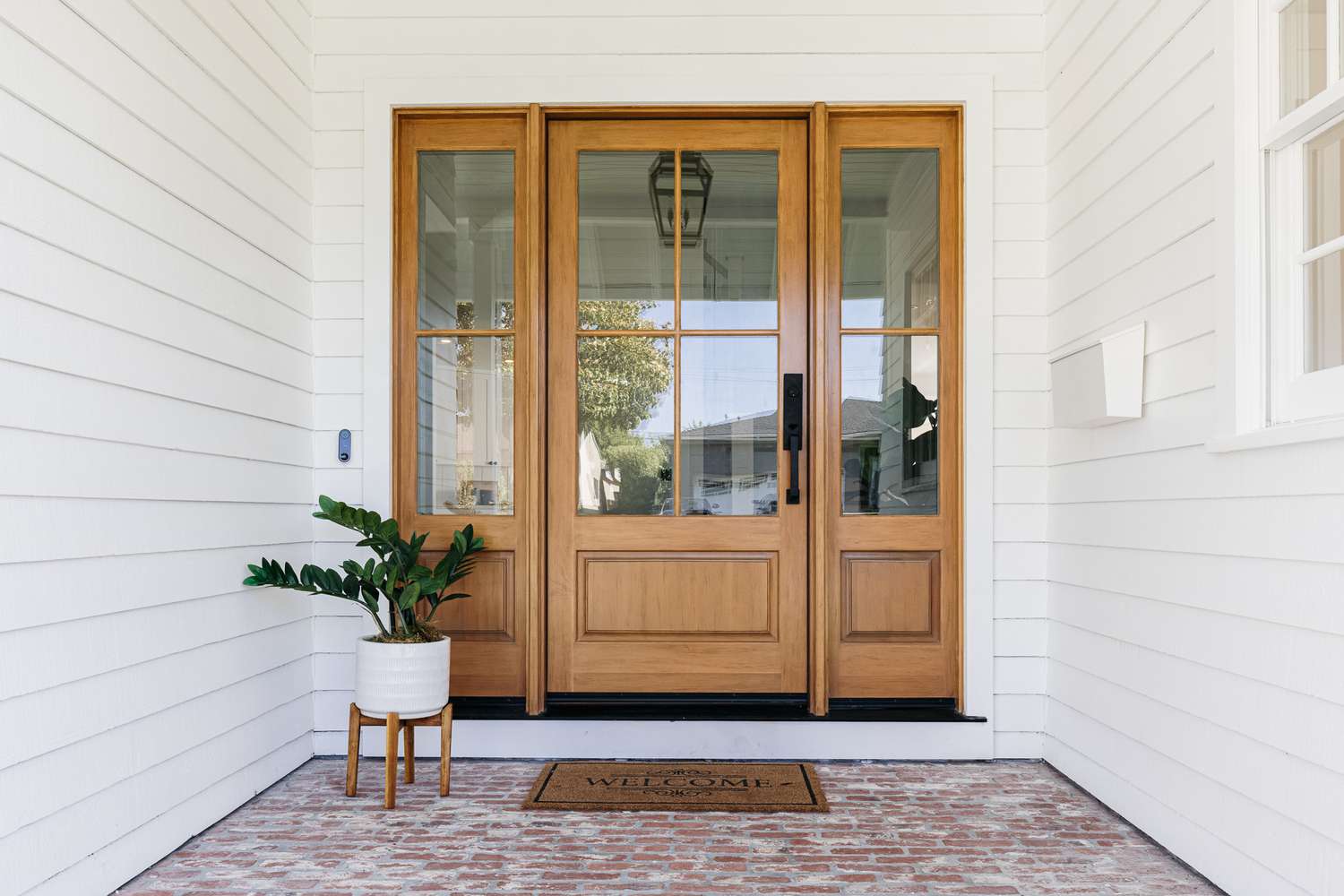
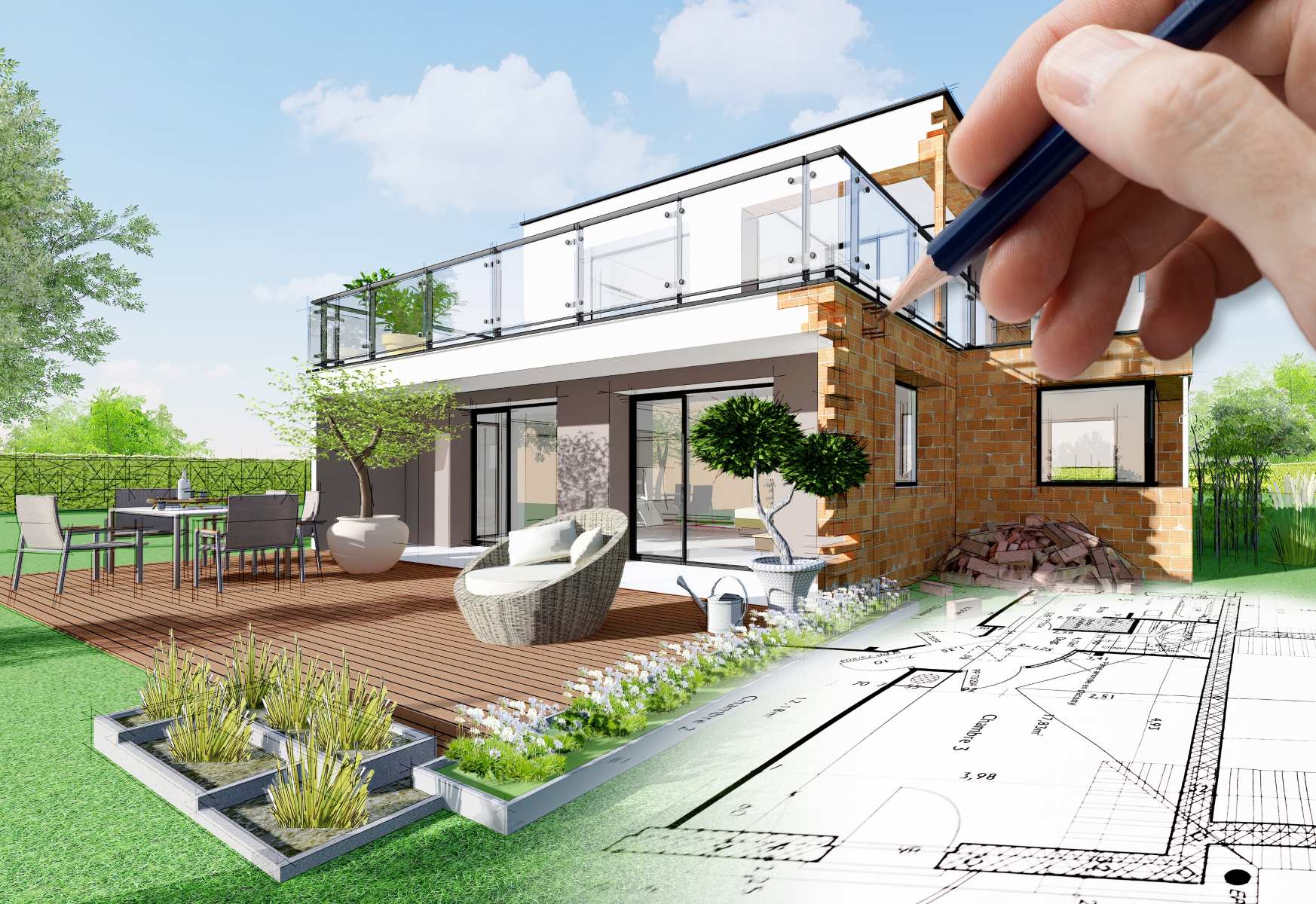

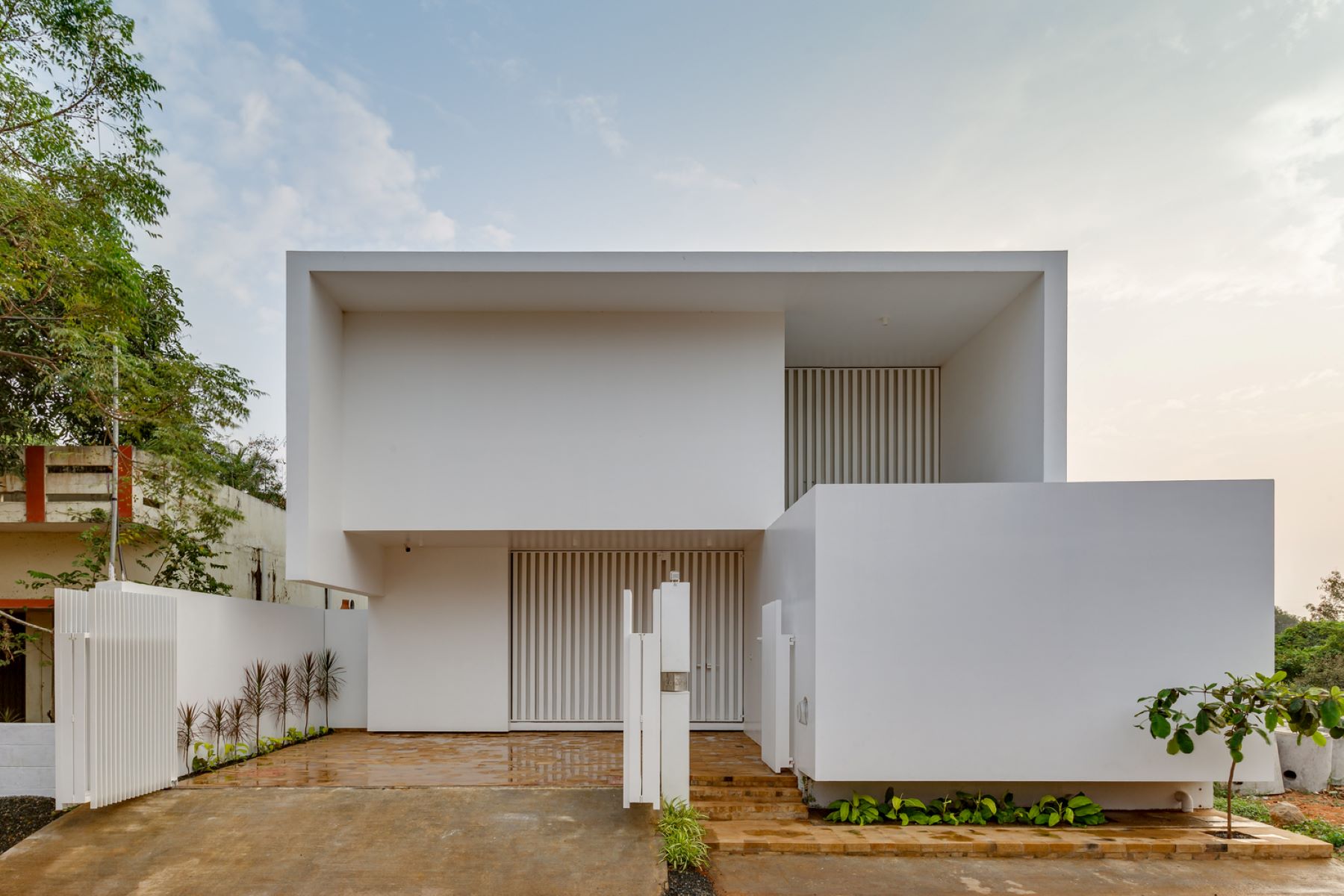

0 thoughts on “House Styles: A Guide To Architectural Styles And Eras”